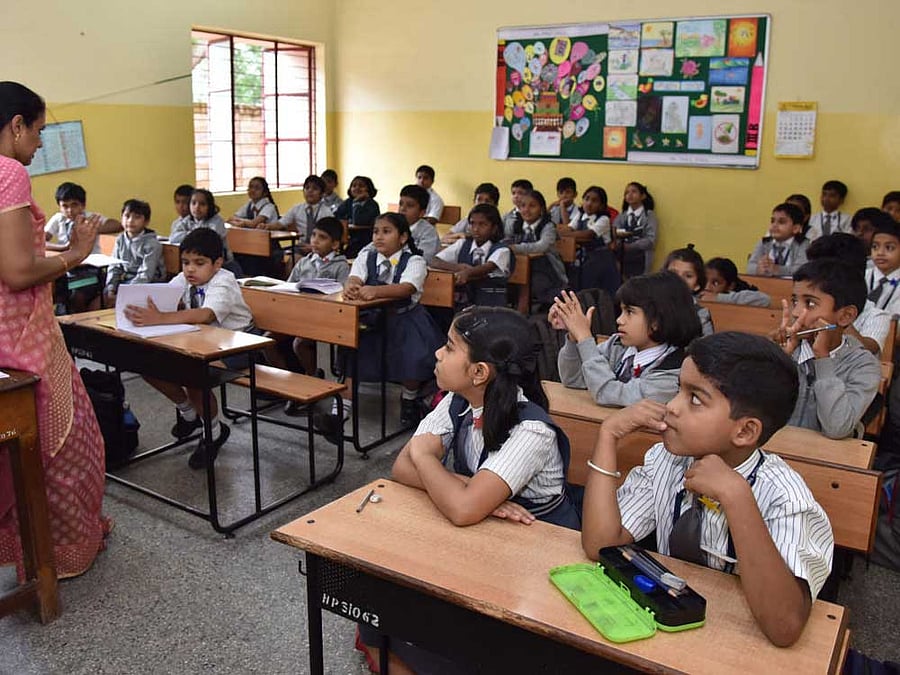The Draft National Education Policy, 2019 seeks to address the challenges pertaining to access, equity, affordability and accountability faced by the education system. It seeks to provide reforms at all levels of education — from school education to higher education to vocational education. We need to applaud the Government of India for an increased focus on Early Childhood Care and Education (ECCE). It is further encouraging to see that ECCE has been defined to include children up to the age of eight years, and the draft National Education Policy proposes to extend pre-primary duration to five years, which includes three years of ECCE and Classes 1 and 2 which are considered as a foundational stage.
The policy also recommends bringing all children between ages 3 and 18 under the purview of Right to Education. The policy has urged Ministry of Human Resource Development to give more importance to this stage, which is pertinent in view of the relative advantage they have of domain knowledge and institutional capacity.
One of the focus of the policy for a provision of ECCE for children up to 8 years is the co-location of the Anganwadi Centres (AWCs) and Primary Schools; however, the draft policy has failed to focus on the operational challenges for the same. If co-location is to become real, the policy must explicitly state the norms for pre-schools and the AWCs to function. To begin with, their role needs further detailing. A detailed implementation plan is required to spell out the role of Anganwadi Workers (AWWs), the teachers, CDPOs, headmasters of schools, duration and days of the functioning of the AWC and the school, who would take decisions on anything related to ECCE, etc.
Save the Children, a non-profit organisation, with the Centre for Early Childhood Education and Development, Jamia Millia Islamia, carried out a study focussing on the implications of the relocation of AWCs in nearby primary schools across five states. Though the intention was enabling the sharing of resources, enhancing the quality of early learning and facilitating a smooth transition through colocation, it was easier said than done. The study revealed that apart from physical infrastructure, there was lack of common understanding of what 'co-location' and 'working together and collaborating' to ensure child-centred pedagogy, early literacy and numeracy among others, means.
Further, most stakeholders were of the view that co-location implies moving the AWC to the primary school for better infrastructure. After an in-depth discussion, we understood that colocation has certain advantages such as better infrastructure and facilities, facilitating transition to the primary school and encouraging discipline, younger sibling accompanied by the older sibling who study in the same school, the possibility of better monitoring and coordination, etc.
There were also certain disadvantages — problems of bullying, management of children until an adequate number of teachers are provided, the infrastructure in the schools might not be adequate for the younger children, etc. Integrated Child Development Services also offers a host of other services for adolescent girls and pregnant and lactating mothers, which would be difficult to provide in schools. Thus, the concept of co-location cannot be based on the philosophy one-size-fits-all. In addition, the co-location of the AWC in a formal school set-up defeats the very purpose of the AWCs — which is supposed to be a community space where community members especially mothers could go without any reservation. These are some of the issues that the New Education Policy 2019 needs to meticulously detail out and provide guidelines for successfully co-locating AWCs with Primary Schools.
(The writer is technical advisor, Save the Children)
